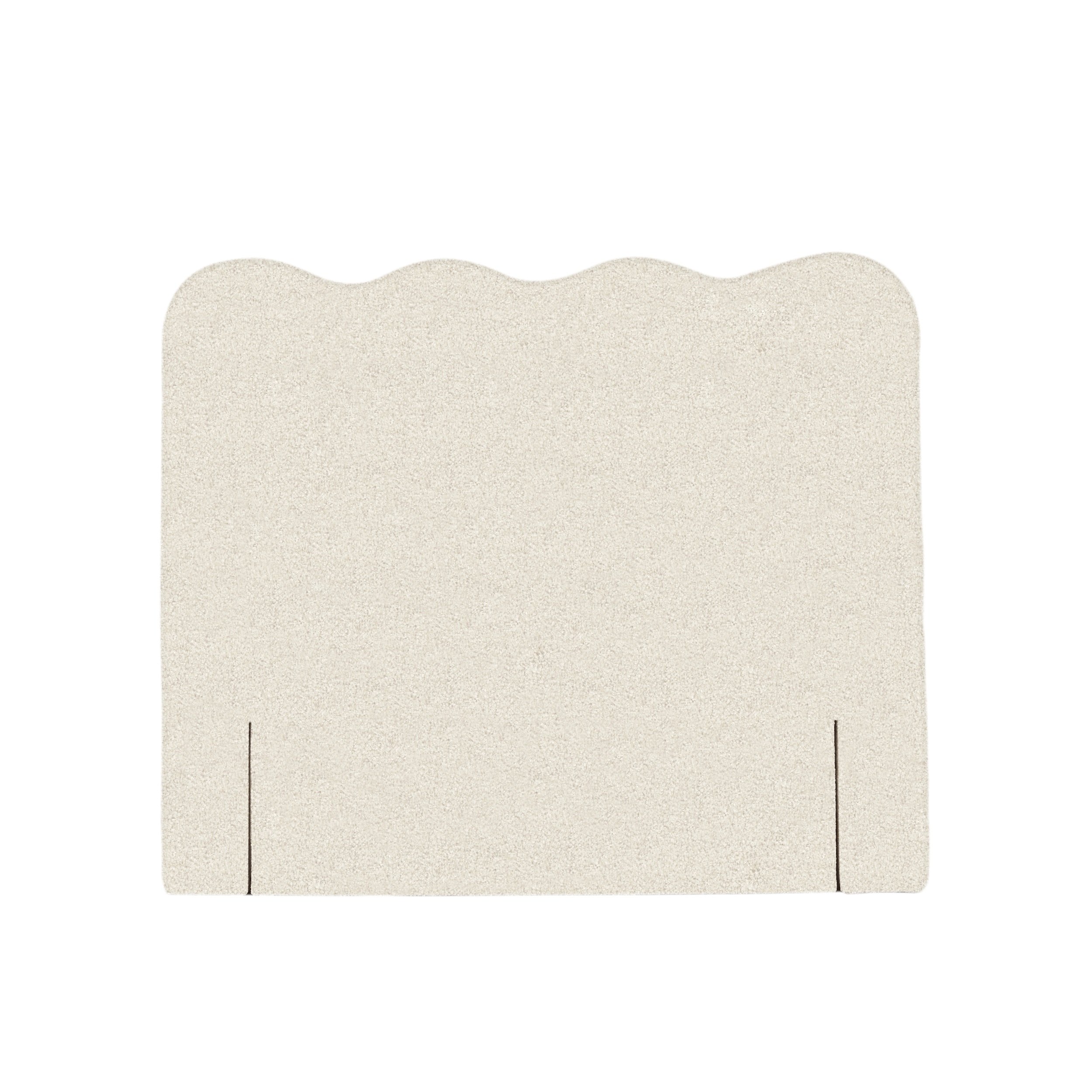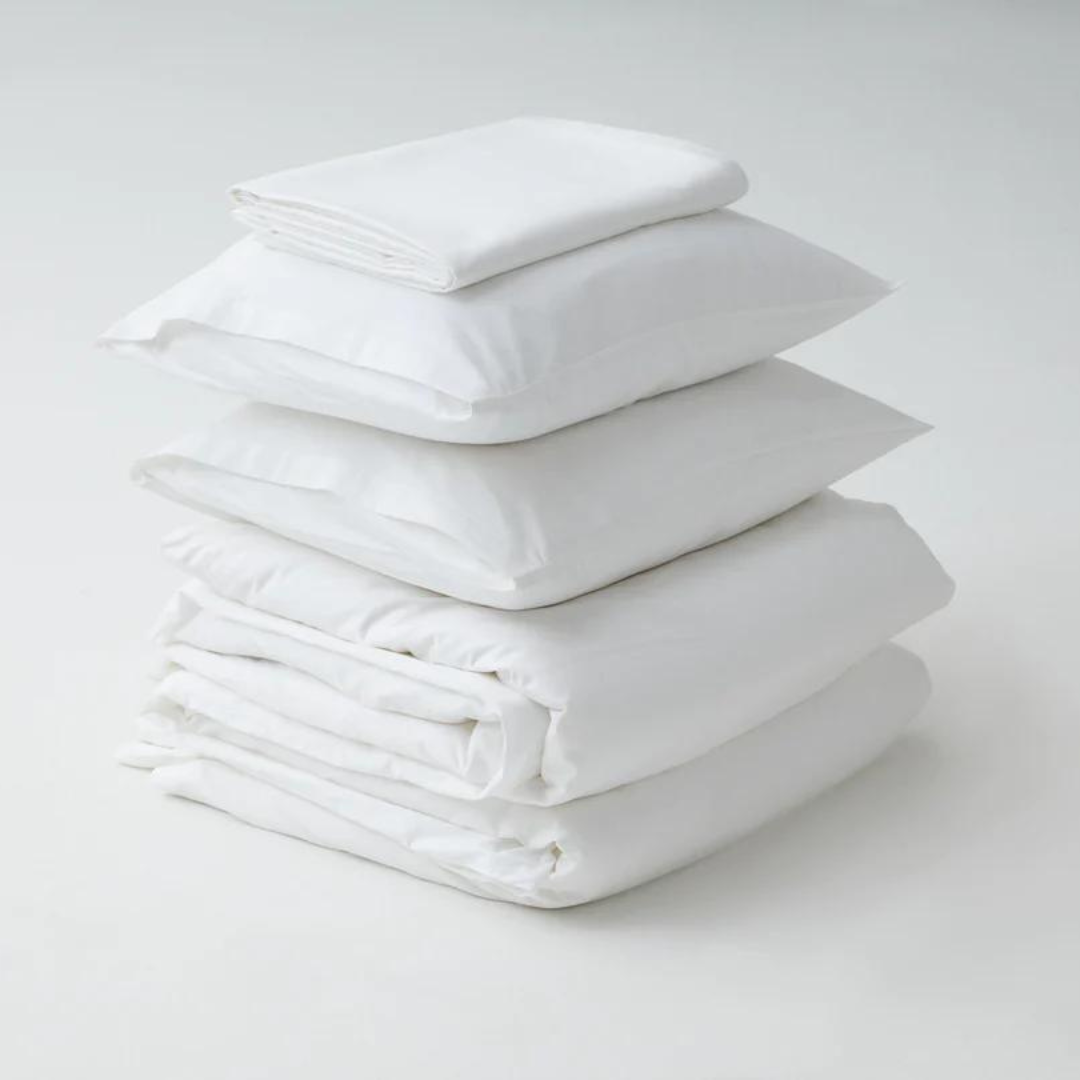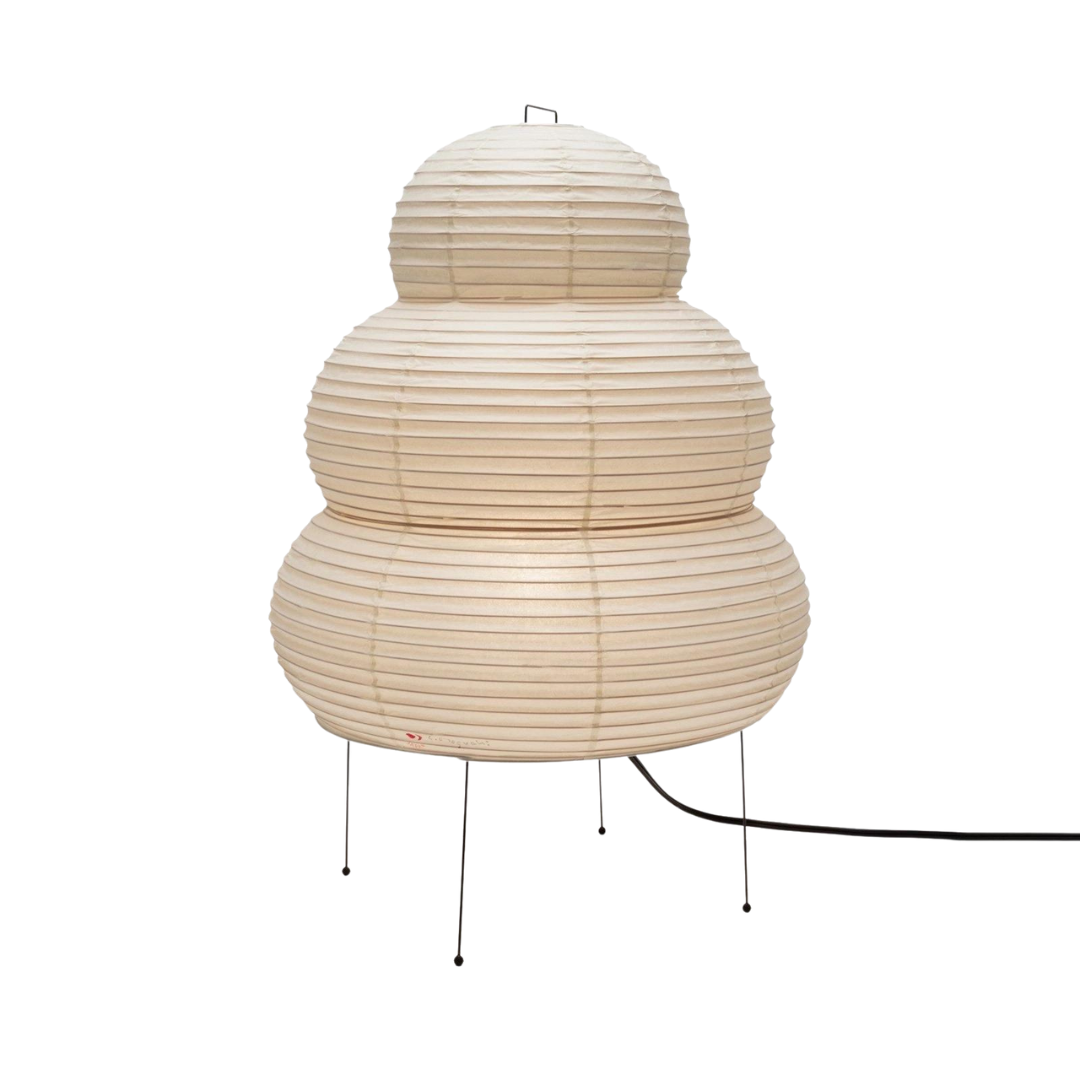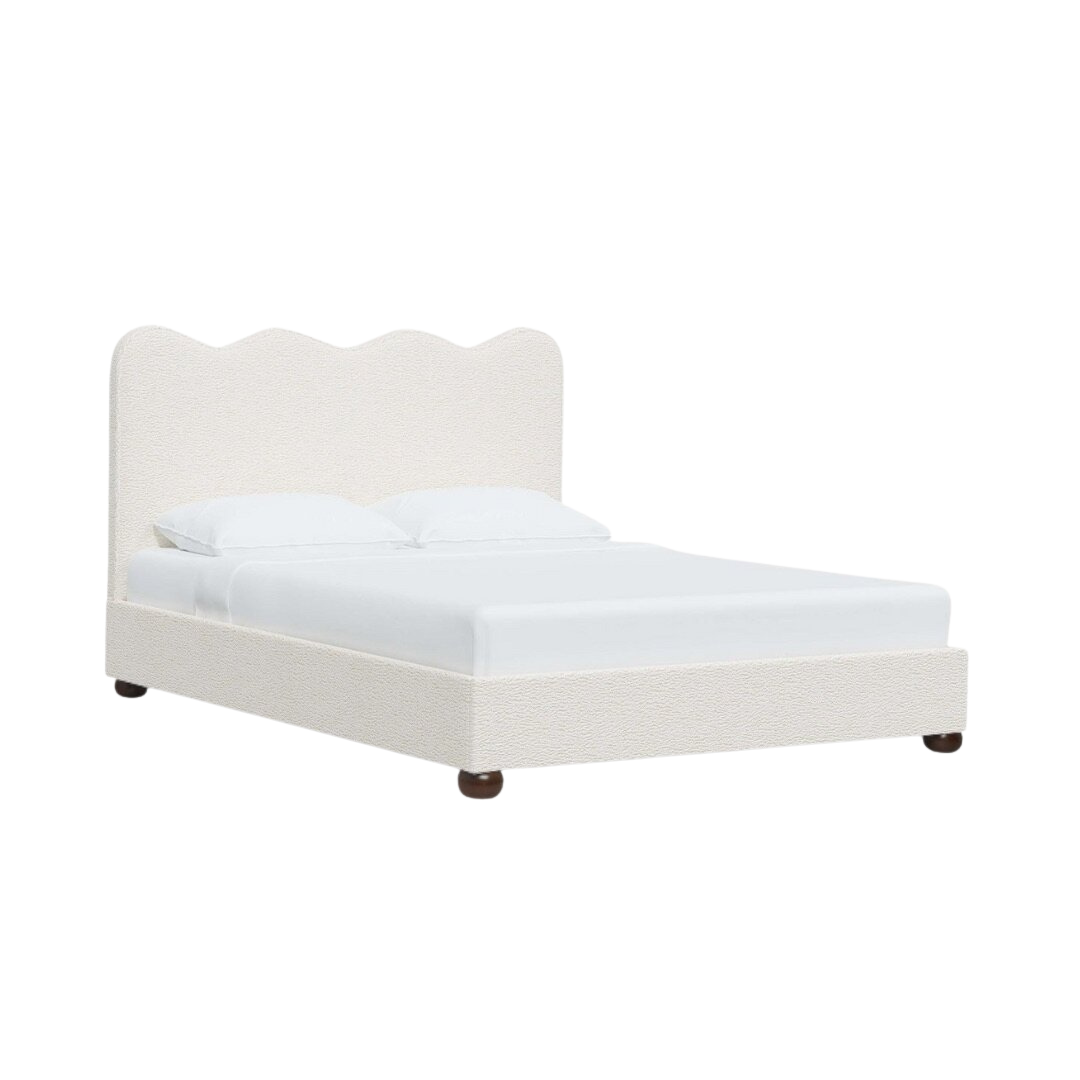Stylist’s Guide: Design Your Dream Boudoir
As a nation of sleep obsessives, there are few things worse than a bad night’s sleep. Hours spent tossing and turning under the sheets whilst you question every life decision is a common problem, leaving you frazzled, foggy and fully unprepared for the day ahead. Sound familiar? We hear you.
In light of that, if you’ve desperately tried every trick in the book to no avail (looking at you, lavender spray), fear not, we’re on hand to help with design tips you can follow to ensure a good night’s sleep.
Our Wishlist
If you want to prepare your body for a good night’s sleep, you need to cool down. When we think about the effect of temperature on our body it’s easy to assume that heat can help us to sleep.
Sitting outside in the midday sun or inside a heated office often can leave you feeling dozy. but if your sleep environment is too hot or too cold, this can make it more difficult for your body to reach the optimal temperature required for a good quality of sleep.
Bathing has been shown to help relieve anxiety and muscle stress, which can help with relaxation and sleep. Epsom salts are a good choice, as they are rich in magnesium which helps to promote muscle relaxation and sleep.
You can make bath time even more relaxing by burning candles and turning off the lights. Listening to calming music or using a meditative app on your phone can also make bath time even more relaxing and offer an opportunity to calm a busy mind.
image credit: Boscco
Our Wishlist
a busy mind can easily make falling asleep difficult. If you wake up during the night and your mind starts to wander, read through your diary and to-do list, adding to it if you need to. Sometimes the best ideas can occur in the middle of the night.
don’t spend hours lying in bed trying to fall asleep. Instead, get up and sit somewhere quiet, keeping the lights down low. Use this time to reflect and to help organise your thoughts by writing them down rather than letting them buzz around your head.
Sleeping on your back allows your head, neck and spine to rest in a neutral position, which limits any excess pressure on those areas. Placing a pillow under the back of your knees can help to support the natural curve of your lower back and further lessen any stress on your spine. Make sure the pillow you rest your head on supports the natural curve of your neck and shoulders.
The Benefits of a Headboard
extra head & back support
Your bed isn’t just where you sleep. A number of people read, get work done, scroll through social media, and much more in bed. If this sounds like you, a headboard may be beneficial to help you sit comfortably in bed for prolonged periods of time — your spine will thank you for it.
Keeps the cold away
If you’re experiencing chills at night, a headboard could be helpful to keep your room warmer by providing extra insulation between you and your wall. In fact, the original use for headboards was to keep a person warm while they were sleeping and keep the cold away.
Keeps pillows secure
If you sleep without a headboard, you might know what it’s like to wake up in the middle of the night and find that your pillow is gone. Most of the time the pillow has just fallen between your bed and the wall, but the issue could have been prevented by a headboard.
elevates bedroom decor
looking to give your bedroom an upgraded look? a headboard is a perfect solution. they can create an attractive backdrop — making your bed stand out from your wall in more ways than one. keep in mind that certain colours can help your sleep, beige can be warm and peaceful.

















